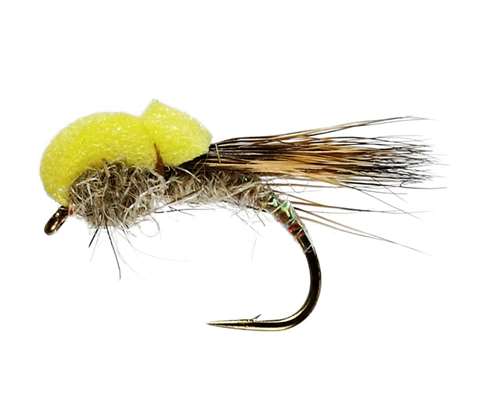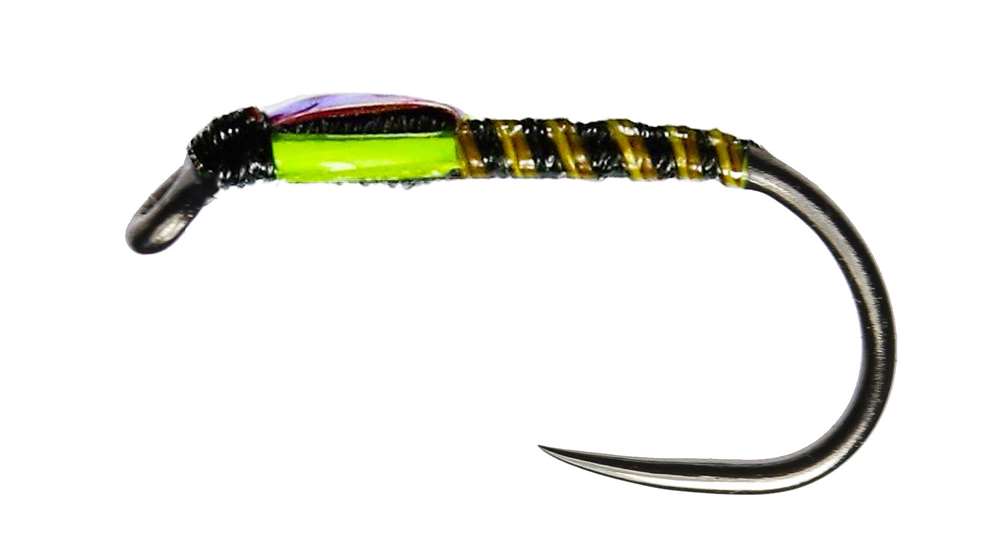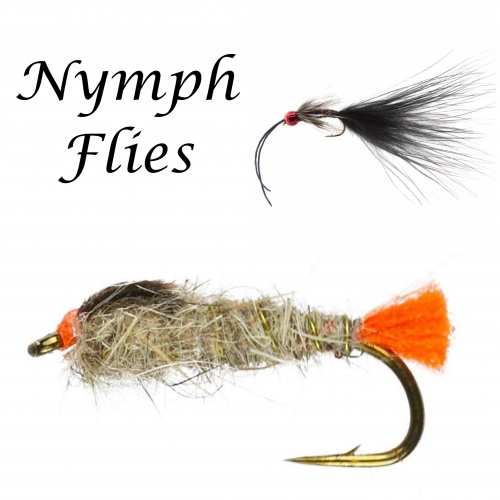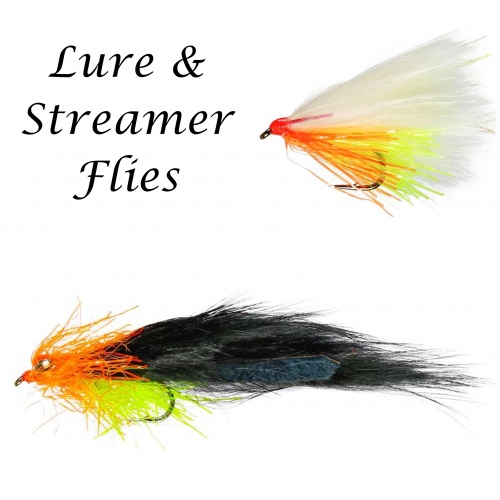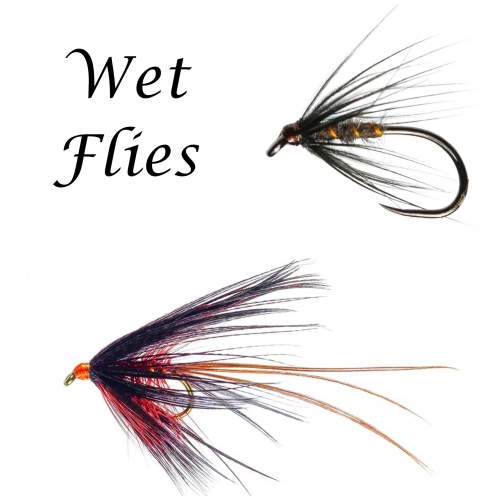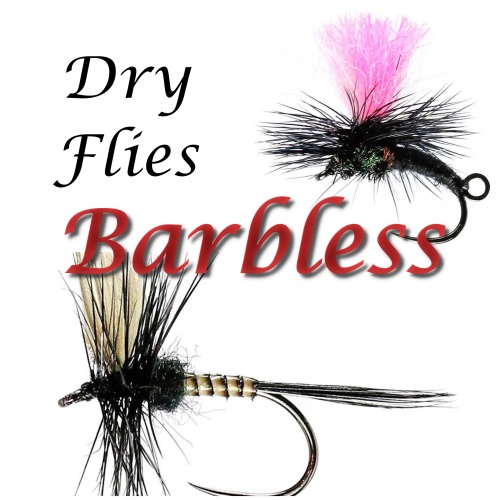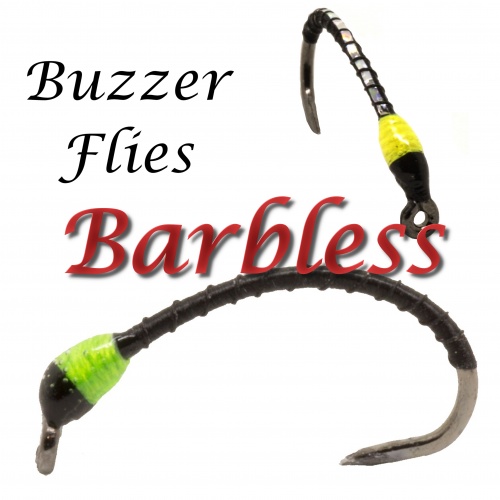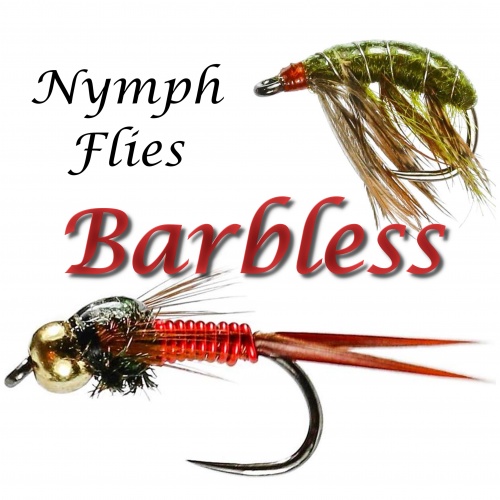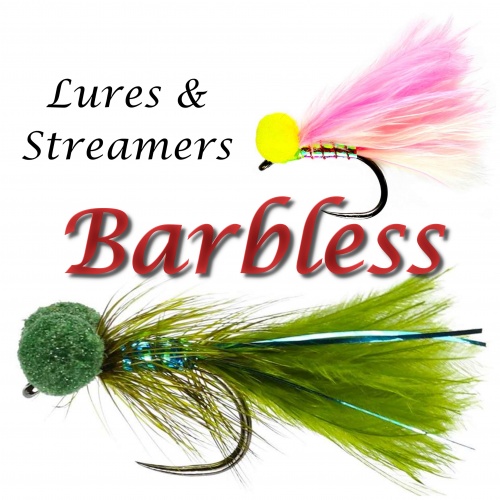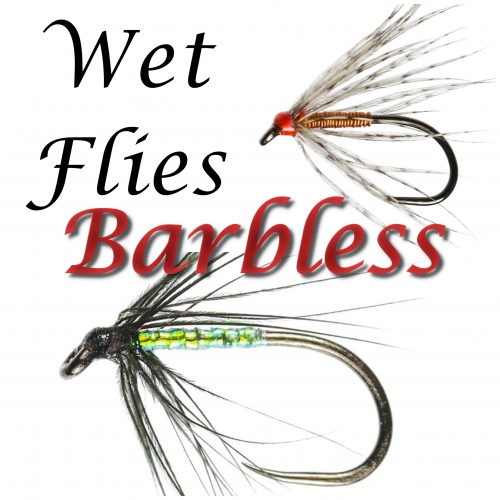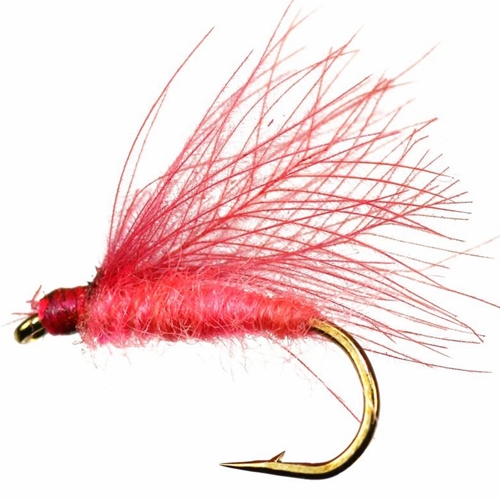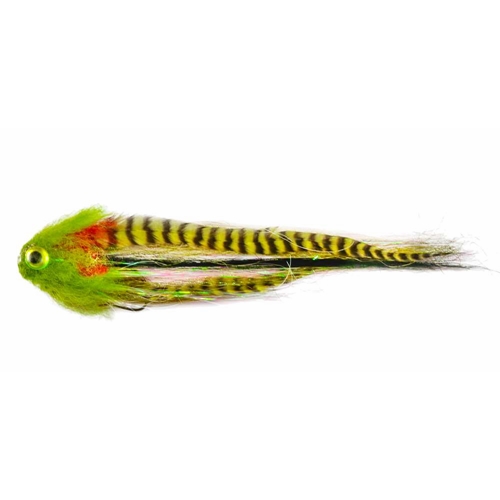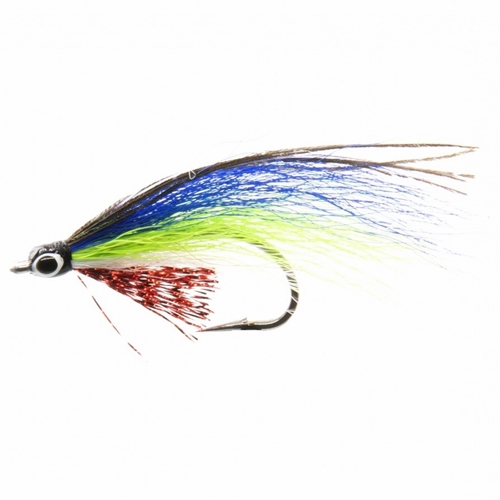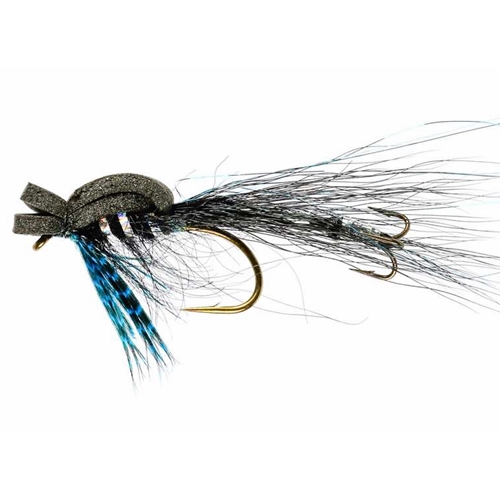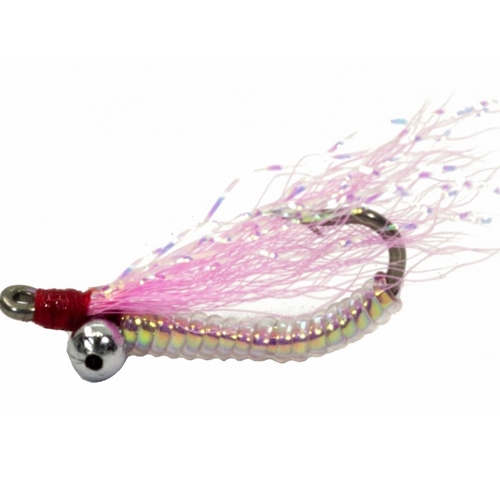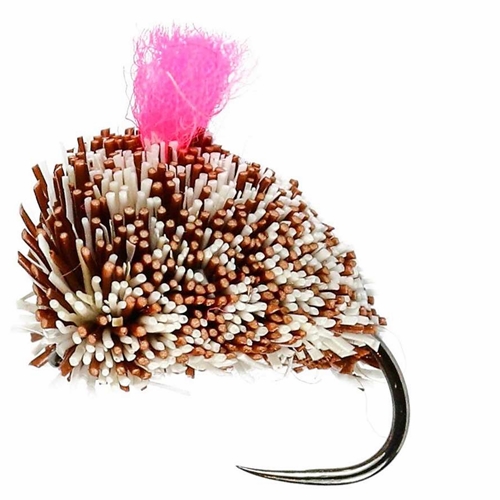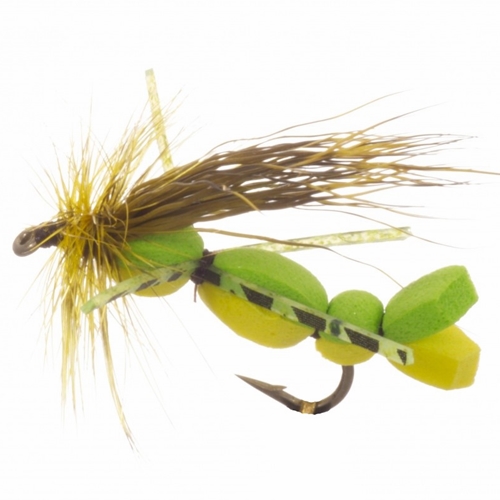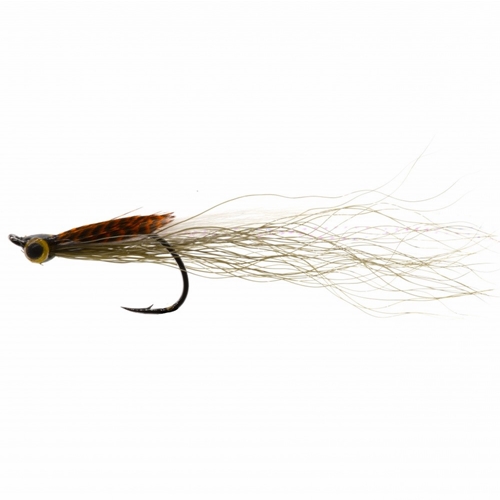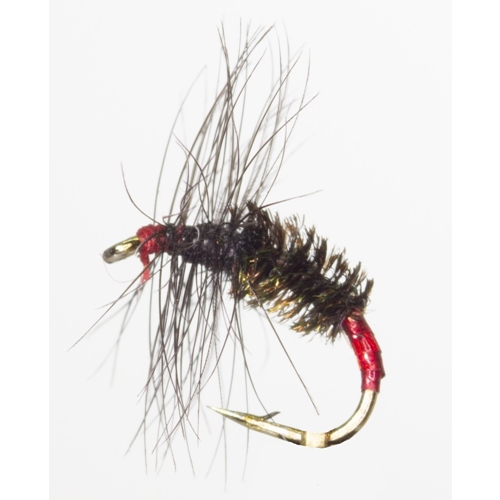Fly Fishing Glossary H's
Fly-Fishing can often be confusing to beginners to the sport because fly-fishermen talk and write in a strange language using words not always in standard use. To help take some of the confusion out of the terms bandied about by fly fishermen we have compiled this glossary.
[ A ] [ B ] [ C ] [ D ] [ E ] [ F ] [ G ] [ H ] [ I ] [ J ] [ K ] [ L ] [ M ] [ N ] [ O ] [ P ] [ Q ] [ R ] [ S ] [ T ] [ U ] [ V ] [ W ] [ X ] [ Y ] [ Z ]
HHackle: Fly tying feathers from the neck or back of a specially bred chicken that are wrapped around the fly hook or other wise attached, possibly as a parachute to a fly to imitate parts of an insect, such as legs or segments of the body. Hackle tips are used also for the wings on certain flies. Cock or Rooster feathers are stiffer than Hen feathers, cock feathers are used on dry flies and hen feathers typically on spider fly patterns and sub surface nymph fly patterns.
Hackled Flies: Hackled Flies are a range of fishing flies that have a feather wrapped around the eye of the hook.
Hackle gauge: A ruler-like device to make sure the length of hackle used is appropriate for the size of hook. Particularly, hackle feather fibers (barbules) on a classic dry fly should be the same length as the hook gap.
Hackle pliers: are used to hold fly tying heackles while they are being wound around a hook. Generally hackle pliers are spring loaded to stop them opening inadvertantly.
Hairbug A fly constructed through a special technique called hair spinning whereby bouyant (hollow) winter-coat, slippery deer, elk, antelope or caribou hair is made to flare and form a solid shape. This hair can be further trimmed to shapes like frog bodies. Hairbugs are commonly used for warmwater fish, but a mouse fly imitation hairbug is excellent for big brown trout on certain waters and works for Muskie and Pike fly fishing.
Hair stacker: A cylinder with one end blocked that is used to get tips of animal hair lined up for wings, tails and other parts of a fly, This is called a Hair stacker. In USA sometimes fly tyers used spend rifle cartidges as hair sackers.
Hairwings: a style of salmon fly fishing fly, Hairwing Flies have large hair wings that are very mobile to stimulate salmon
Hatch: Generally refers to a stage of aquatic insect change when there is a transformation from a swimming to a fly stage and from an underwater to a surface stage. Insects in the early part of this transition are also referred to as emergers. See our monthly fly fising Hatch Charts to get an understanding of what fly hatches at different times of the year.
Haul: A pull on the fly line with the non-casting hand to increase the line speed and get greater distance. This is done effectively during line pickupAn action associated with fly casting whereby the line speed is increased with an extra pull during line pickup, or back casting. Also see double haul.
Headwaters: upstream section of the river before the main tributaries join it. This section is typically much smaller in width and flow than the main section of the river.
Hollow Hair: hair from some animals is mostly hollow, thus holding air and making these hairs float. Ideal for tying dry flies and bass bugs. Antelope, deer, and elk all have hollow hair.
Hook size: To a degree hooks are standardized based upon the gap (or gape) which is defined as the distance between the hook shank and the hook point.
Smaller numbers refer to larger hooks, consistent with the origin of hooks made from steel wire stock. Hooks for fly fishing range from a very small #24 (gap of 2 mm) to very large #2 (hook gap of 10 mm).
Humpies: a range of Humpy flies, this is an american fly pattern was made popular by Jack Dennis and his Western Trout Fly Tying Manual
Humungous: The Humungus fly or Humongous fly is a great fly pattern. A Chainbead head to give a dipping motion, a brightly coloured body with a palmered hackle to give it extra movement, and a marabou tail with some tinsel through it gives high glint, a great fry imitator.
Return to Top






